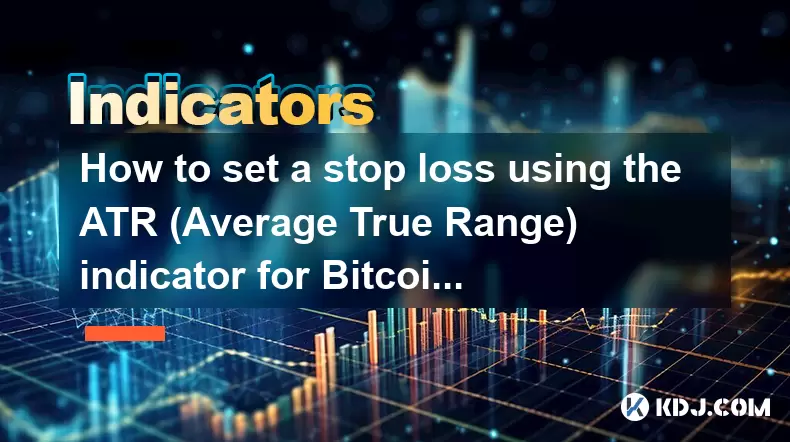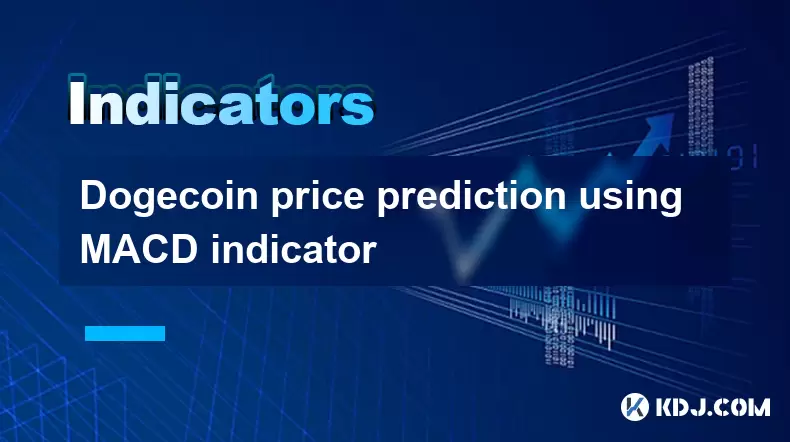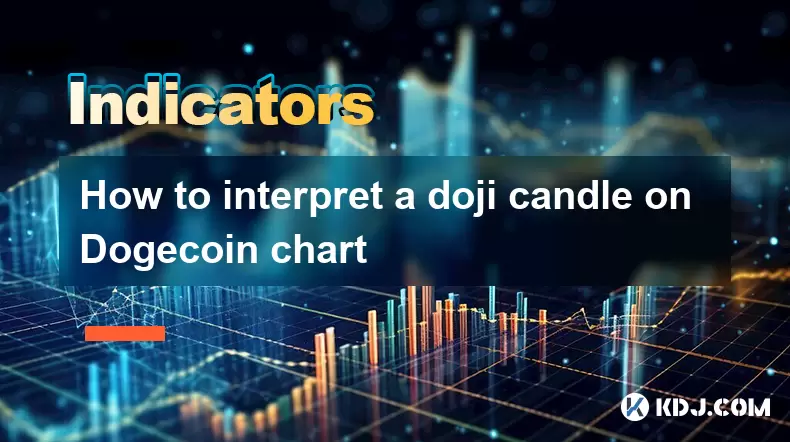-
 Bitcoin
Bitcoin $108,017.2353
-0.81% -
 Ethereum
Ethereum $2,512.4118
-1.58% -
 Tether USDt
Tether USDt $1.0002
-0.03% -
 XRP
XRP $2.2174
-1.03% -
 BNB
BNB $654.8304
-0.79% -
 Solana
Solana $147.9384
-1.76% -
 USDC
USDC $1.0000
-0.01% -
 TRON
TRON $0.2841
-0.76% -
 Dogecoin
Dogecoin $0.1636
-2.09% -
 Cardano
Cardano $0.5726
-1.72% -
 Hyperliquid
Hyperliquid $39.1934
1.09% -
 Sui
Sui $2.9091
-0.59% -
 Bitcoin Cash
Bitcoin Cash $482.1305
0.00% -
 Chainlink
Chainlink $13.1729
-1.54% -
 UNUS SED LEO
UNUS SED LEO $9.0243
-0.18% -
 Avalanche
Avalanche $17.8018
-1.90% -
 Stellar
Stellar $0.2363
-1.69% -
 Toncoin
Toncoin $2.7388
-3.03% -
 Shiba Inu
Shiba Inu $0.0...01141
-1.71% -
 Litecoin
Litecoin $86.3646
-1.98% -
 Hedera
Hedera $0.1546
-0.80% -
 Monero
Monero $311.8554
-1.96% -
 Dai
Dai $1.0000
-0.01% -
 Polkadot
Polkadot $3.3473
-2.69% -
 Ethena USDe
Ethena USDe $1.0001
-0.01% -
 Bitget Token
Bitget Token $4.3982
-1.56% -
 Uniswap
Uniswap $6.9541
-5.35% -
 Aave
Aave $271.7716
0.96% -
 Pepe
Pepe $0.0...09662
-1.44% -
 Pi
Pi $0.4609
-4.93%
How to set a stop loss using the ATR (Average True Range) indicator for Bitcoin?
The ATR helps Bitcoin traders set dynamic stop losses based on volatility, improving risk management during sharp price swings.
Jul 05, 2025 at 07:35 pm

Understanding the ATR Indicator and Its Relevance to Bitcoin Trading
The Average True Range (ATR) is a technical analysis indicator used to measure market volatility. It was introduced by J. Welles Wilder Jr. and is particularly useful for setting stop loss levels in volatile markets like Bitcoin. Unlike other indicators that provide directional signals, ATR focuses solely on volatility. For traders dealing with Bitcoin, which often experiences sharp price swings, ATR becomes an essential tool for managing risk effectively.
When trading Bitcoin, especially in short-term strategies such as day trading or swing trading, understanding how much price can move within a given period is crucial. The ATR helps quantify this movement and allows traders to set dynamic stop losses instead of fixed ones, reducing the chances of being stopped out prematurely due to normal market noise.
Key Insight:
A higher ATR value indicates increased volatility, suggesting wider stop losses should be used, while a lower ATR implies reduced volatility and tighter stops may be appropriate.How to Calculate ATR for Bitcoin
To use the ATR for setting stop losses, it’s important to understand how it's calculated. The ATR calculation involves three steps:
True Range (TR) Calculation: This is the greatest of the following:
- Current high minus current low
- Absolute value of current high minus previous close
- Absolute value of current low minus previous close
Smoothing the TR: Once you have the True Range values over multiple periods (typically 14), you calculate the average using a smoothing method. Most platforms use Wilder’s smoothing formula rather than a simple moving average.
Final ATR Value: After computing the initial ATR, subsequent values are smoothed using the formula:
Current ATR = ((Previous ATR × 13) + Current TR) / 14
Most modern trading platforms automatically calculate ATR for you when added to a chart. However, understanding its mechanics ensures better interpretation when applying it to real-time Bitcoin trading scenarios.
Important Note:
ATR does not indicate trend direction, only volatility. Therefore, it must be used alongside other tools for complete trade setups.Setting Stop Loss Using ATR for Bitcoin Positions
Using ATR to set a stop loss involves determining how many multiples of ATR away from your entry point you want to place your stop. The most common approach is using 1x or 2x ATR depending on the trader’s risk tolerance and strategy.
Here’s how to implement it step-by-step:
- Determine ATR Period: Choose a period—usually 14—for ATR calculation.
- Identify Entry Point: Decide where you will enter your Bitcoin trade based on your strategy.
- Calculate ATR Value: Find the current ATR reading at the time of entry.
- Set Stop Loss Distance: Multiply the ATR value by a chosen factor (e.g., 1.5x).
- Place Stop Loss Order: Subtract the result from your long entry price (or add it to your short entry price).
For example, if the ATR value for Bitcoin is $300 and you decide to use 1.5x ATR for your stop loss, your stop distance would be $450. If you entered a long position at $30,000, your stop loss would be placed at $29,550.
Critical Consideration:
Always adjust the ATR multiplier based on the time frame and market conditions. Short-term trades may require smaller multipliers, while longer-term holds might need larger ones.Adjusting ATR-Based Stops Dynamically
One advantage of using ATR is the ability to trail your stop loss dynamically as the trade progresses. This technique helps lock in profits while still giving the trade room to breathe.
Here’s how to trail your stop using ATR:
- Monitor Price Movement: As the Bitcoin price moves in your favor, keep track of new highs (for long positions) or lows (for short positions).
- Recalculate ATR Periodically: Update your ATR value regularly to reflect current volatility.
- Move Stop Loss Proportionally: Trail the stop loss by subtracting the ATR multiple from the latest favorable price extreme.
This method prevents early exits during normal pullbacks while still protecting against significant reversals.
Practical Tip:
Traders often combine ATR trailing stops with support/resistance levels or moving averages to enhance accuracy.Backtesting Your ATR Stop Loss Strategy on Bitcoin
Before deploying any stop loss strategy live, especially one involving Bitcoin, backtesting is essential. Historical data provides insights into how your ATR-based stop loss performs under various market conditions.
Steps to backtest effectively:
- Select a Backtesting Platform: Use platforms like TradingView, MetaTrader, or Python-based libraries like Pandas and Backtrader.
- Apply ATR Logic: Implement the logic for calculating ATR and placing stop loss orders.
- Run Tests Across Multiple Time Frames: Test your strategy across daily, 4-hour, and 1-hour charts to see consistency.
- Analyze Results: Look at win rate, average loss, and drawdown metrics.
It’s also helpful to compare ATR-based stops with fixed percentage stops to evaluate performance differences.
Data-Driven Decision:
Consistent results across different market cycles increase confidence in the effectiveness of your ATR stop loss strategy for Bitcoin.Frequently Asked Questions
Q: Can ATR be used for both long and short Bitcoin trades?
Yes, ATR is equally effective for both long and short trades. For long positions, the stop loss is placed below the entry by a multiple of ATR. For short positions, it is placed above the entry by the same method.
Q: Does ATR work well in ranging Bitcoin markets?
In sideways or ranging markets, ATR may produce misleadingly tight stops because volatility decreases. In such cases, combining ATR with range boundaries or oscillators improves reliability.
Q: How often should I update my ATR value when trading Bitcoin?
You should update your ATR value with each new candlestick. Most platforms do this automatically. If manually calculating, ensure updates align with your trading time frame (e.g., every 4 hours for 4-hour traders).
Q: Is there a preferred ATR period for Bitcoin trading?
While 14 is the standard period suggested by Wilder, some traders adjust it based on their strategy. Short-term traders may prefer 7 or 10, while long-term investors may use 20 or more.
Disclaimer:info@kdj.com
The information provided is not trading advice. kdj.com does not assume any responsibility for any investments made based on the information provided in this article. Cryptocurrencies are highly volatile and it is highly recommended that you invest with caution after thorough research!
If you believe that the content used on this website infringes your copyright, please contact us immediately (info@kdj.com) and we will delete it promptly.
- Royal Mint Coins: Unearthing the Rarest Queen Elizabeth II Treasures
- 2025-07-06 00:30:12
- Arctic Pablo Price Hike: Is Housecoin Feeling the Chill?
- 2025-07-06 00:30:12
- Bitcoin, Kiyosaki, and Acquisition: A Perfect Storm?
- 2025-07-05 22:35:14
- Cardano vs. Solana: The $500 Dream and a Payments Disruptor
- 2025-07-05 22:50:13
- Subway Surfers on PC: Level Up Your Experience, No Train Ticket Needed!
- 2025-07-05 22:35:14
- Ray Dalio, Bitcoin, and Disruptions: Navigating the Future of Finance
- 2025-07-05 23:10:13
Related knowledge

How to use the TRIX indicator for Dogecoin trading
Jul 06,2025 at 12:29am
Understanding the TRIX Indicator in Cryptocurrency TradingThe TRIX indicator, short for Triple Exponential Average, is a momentum oscillator widely used in technical analysis. It helps traders identify overbought or oversold conditions, potential trend reversals, and momentum shifts in an asset's price movement. While commonly applied to traditional mar...

How to set up a moving average crossover alert for Dogecoin
Jul 05,2025 at 07:33pm
Understanding Moving Averages and Their Relevance to DogecoinMoving averages (MAs) are among the most commonly used technical indicators in cryptocurrency trading. They help smooth out price data over a specific time period, offering traders a clearer view of trends. Dogecoin, being a highly volatile altcoin, often exhibits strong momentum when certain ...

Dogecoin moving average ribbon strategy
Jul 05,2025 at 07:32pm
What is the Dogecoin Moving Average Ribbon Strategy?The Dogecoin moving average ribbon strategy is a technical analysis approach used by traders to identify potential trends and reversals in the price of DOGE. This method involves plotting multiple moving averages (MAs) on a price chart, typically of varying lengths, which visually form a 'ribbon' when ...

Dogecoin price prediction using MACD indicator
Jul 05,2025 at 07:18pm
Understanding the MACD Indicator in Cryptocurrency TradingThe Moving Average Convergence Divergence (MACD) is a popular technical analysis tool used by traders to identify potential price trends and reversals. It consists of three main components: the MACD line, the signal line, and the MACD histogram. The MACD line is calculated by subtracting the 26-p...

Using trend lines and moving averages together for Dogecoin
Jul 05,2025 at 07:16pm
Understanding Trend Lines in Cryptocurrency TradingTrend lines are essential tools for analyzing price movements in the cryptocurrency market. In Dogecoin trading, trend lines help identify potential support and resistance levels by connecting significant price points on a chart. When applied correctly, these lines can indicate whether the asset is in a...

How to interpret a doji candle on Dogecoin chart
Jul 05,2025 at 07:49pm
Understanding the Doji Candlestick PatternA doji candle is a crucial technical indicator in cryptocurrency trading, especially when analyzing assets like Dogecoin. It represents market indecision and often signals potential reversals or continuation patterns. A doji forms when the opening and closing prices of an asset are nearly identical, resulting in...

How to use the TRIX indicator for Dogecoin trading
Jul 06,2025 at 12:29am
Understanding the TRIX Indicator in Cryptocurrency TradingThe TRIX indicator, short for Triple Exponential Average, is a momentum oscillator widely used in technical analysis. It helps traders identify overbought or oversold conditions, potential trend reversals, and momentum shifts in an asset's price movement. While commonly applied to traditional mar...

How to set up a moving average crossover alert for Dogecoin
Jul 05,2025 at 07:33pm
Understanding Moving Averages and Their Relevance to DogecoinMoving averages (MAs) are among the most commonly used technical indicators in cryptocurrency trading. They help smooth out price data over a specific time period, offering traders a clearer view of trends. Dogecoin, being a highly volatile altcoin, often exhibits strong momentum when certain ...

Dogecoin moving average ribbon strategy
Jul 05,2025 at 07:32pm
What is the Dogecoin Moving Average Ribbon Strategy?The Dogecoin moving average ribbon strategy is a technical analysis approach used by traders to identify potential trends and reversals in the price of DOGE. This method involves plotting multiple moving averages (MAs) on a price chart, typically of varying lengths, which visually form a 'ribbon' when ...

Dogecoin price prediction using MACD indicator
Jul 05,2025 at 07:18pm
Understanding the MACD Indicator in Cryptocurrency TradingThe Moving Average Convergence Divergence (MACD) is a popular technical analysis tool used by traders to identify potential price trends and reversals. It consists of three main components: the MACD line, the signal line, and the MACD histogram. The MACD line is calculated by subtracting the 26-p...

Using trend lines and moving averages together for Dogecoin
Jul 05,2025 at 07:16pm
Understanding Trend Lines in Cryptocurrency TradingTrend lines are essential tools for analyzing price movements in the cryptocurrency market. In Dogecoin trading, trend lines help identify potential support and resistance levels by connecting significant price points on a chart. When applied correctly, these lines can indicate whether the asset is in a...

How to interpret a doji candle on Dogecoin chart
Jul 05,2025 at 07:49pm
Understanding the Doji Candlestick PatternA doji candle is a crucial technical indicator in cryptocurrency trading, especially when analyzing assets like Dogecoin. It represents market indecision and often signals potential reversals or continuation patterns. A doji forms when the opening and closing prices of an asset are nearly identical, resulting in...
See all articles

























































































